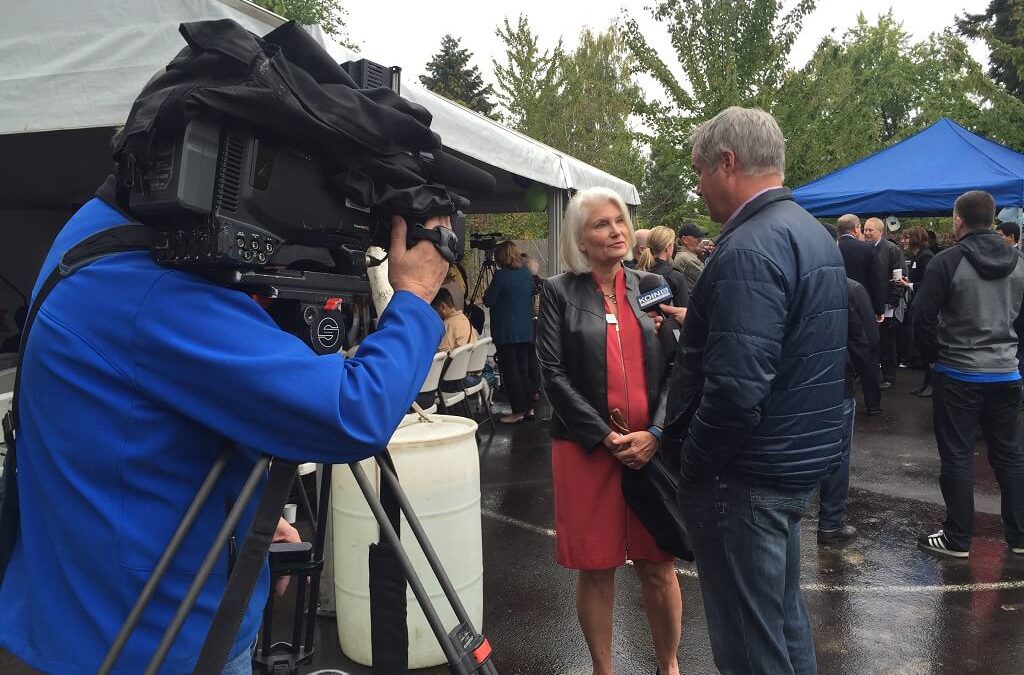Last weekend I went to a barbecue at a friend’s house. No, I didn’t just want to write that down. The week before the barbecue, I got a Facebook notification that I, along with twenty or so others, was invited. Tapping on the notification shot me right to the event page — beautifully done. One week before a barbecue for a handful of 22 year-olds, and there was a Facebook page with a creative title for the event, a long, but well written description including when and where it was to be held and a funny cover photo with the eventual party hosts next to their most prized and necessary party possession: the grill.
The page had all of the information that I would need to get there, but most importantly, it made me want to go. If I had simply gotten a text message invite from the host of the party, sure, the barbecue still would have probably fit my schedule, but I would be missing the multi-media, multi-dimensional approach. The point is, my friend successfully started an event marketing campaign via social media.
Here are some of my tips on how to execute an organized and diligent social media campaign for an event. Note that, depending on the scale of the event, you should be getting ready up to a month in advance — so plan accordingly!
Step 1: Get it all out.
Whenever I’m planning an event, the first thing I do is break out a blank piece of paper and just funnel any and every thing I know about the event, through the pen. This process can take as little as two minutes or it can take as long as half an hour. From concrete information like the date and location of the event, to abstract information like the event’s mission, the important thing is to unload it all.
Step 2: Plan your moves.
With all of the information at the ready, draw up a posting timeline. Writing down a schedule and committing to it will force you to stay active, keeping guests engaged with new content. Marketo provides a great downloadable checklist template for planning social media around an event that I’d highly recommend checking out. The trick is to be deliberate — don’t just blast people with the same posts over and over again. A few gentle reminders spread out over the week before it starts will keep the guests up to date, but won’t bog them down with notifications. You want people to get excited for your event, not resent you for it.

Step 3: Let the people know!
Once you have all of the event’s information at the ready, it’s time to start the outreach. Create a Facebook event page with the event’s information and post to relevant third-party event listing sites, like Eventful, Evvnt or ImpactFlow. Before you take these pages live, put yourself in the shoes of an invitee — would I want to go to this event based on the page I’m looking at? In the days leading up to it, send out a few reminders. Remember, on Facebook, people who have indicated that they’re interested in attending will get a notification whenever you post something, so pace out those posts. Give them a nudge, don’t punch them in the face.
Step 4: The event is here.
Today’s the day! At this point, you’ll get live, tangible results from all of your pre-work. But it’s not time to sit back and relax just yet. Make sure somebody is taking pictures and videos, capturing all of the major event moments. Post a picture or a status update to the event’s Facebook page, letting the stragglers still at home know what they’re missing.
Step 5: Go out and get some coverage.
If your event has landed on any third-party listing sites, then you’ve already done some of this work. Here is where you’ve got to be honest about the event you’re putting on. Of course it would be great if you could get the local news to every event that you put on, but it probably isn’t going to work like that, so if you put an honest value on the event, you’re more likely to reach your reasonable goals. Events surrounding check presentations, ground breakings or grand openings can be perfect for attracting a local outlet.
Step 6: Don’t let them forget about it.
Once everyone has left and the dust has had time to settle, revisit that Facebook page and put up any good photos, videos or valuable quotes you got from the event. Keeping attendees engaged throughout the whole process is paramount, even after the event happened. If the same event is likely to happen again, save all of the copy you wrote, along with photos and videos. Monitoring and tracking your results will only improve your future events.
There is no denying the pervasiveness and accessibility of social media. These days all of us have platforms from which we can promote a message, and those tools can lead to incredibly innovative and unique campaigns. Even still, there are ways to optimize the means to make the message glow. Follow some of these pointers to launch a successful social media campaign that will send people flying over to your event, and most importantly, make them happy they went.
Check out the Facebook live video for more on these 6 tips.





